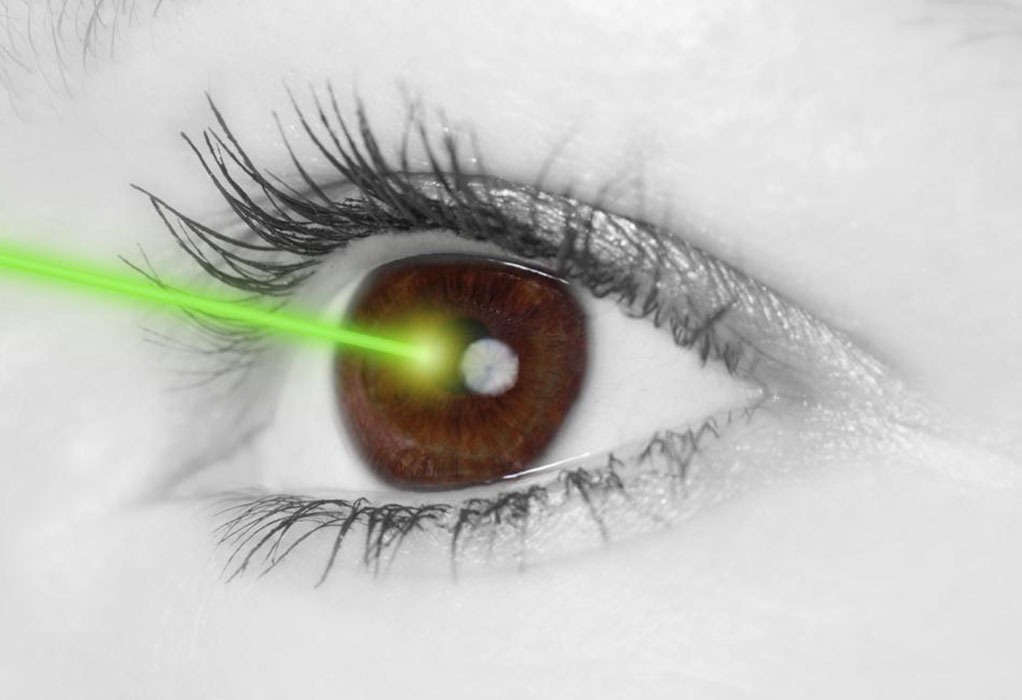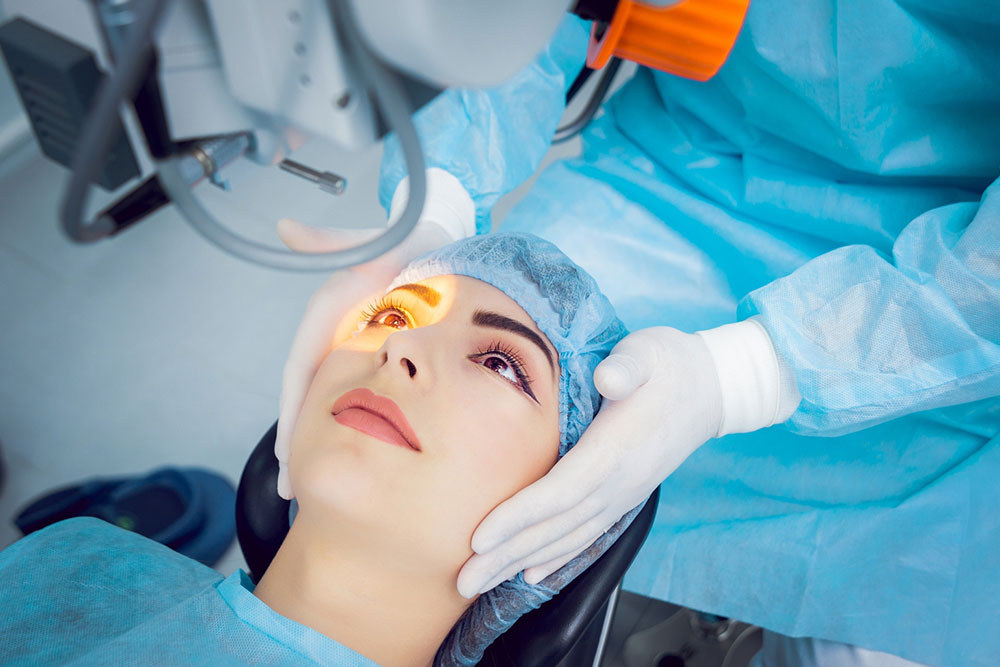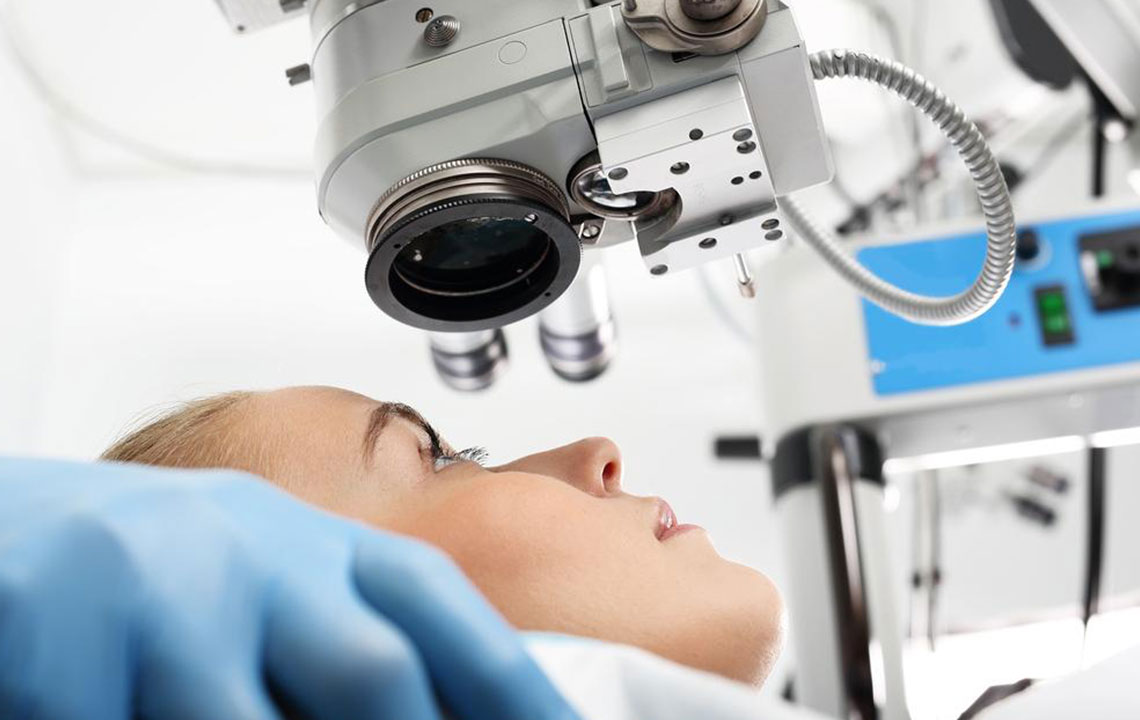Comprehensive Guide to LASIK Eye Surgery: Costs, Benefits, and Procedure Details
This comprehensive guide explores LASIK eye surgery, detailing the procedure process, benefits, costs, and safety considerations. Learn how LASIK can improve your vision, the importance of choosing experienced surgeons, and what to expect before and after the operation. Perfect for those seeking permanent vision correction solutions and wanting to understand the financial aspects involved, this article helps you make informed decisions for better eye health and improved daily living.

LASIK Eye Surgery Explained: Costs, Process, and Benefits
LASIK (Laser-Assisted In Situ Keratomileusis) has revolutionized vision correction, making it one of the most popular and effective solutions for correcting common refractive errors such as nearsightedness, farsightedness, and astigmatism. As technology advances, more individuals worldwide are exploring LASIK as a permanent alternative to wearing glasses or contact lenses. This innovative procedure has transformed countless lives by providing a safe, quick, and minimally invasive way to achieve clearer vision.
Over the last decade, LASIK technology has seen significant improvements, broadening its applicability to a wider patient demographic with diverse ocular conditions. The evolution of laser precision, safety protocols, and post-operative care has made LASIK more accessible and reliable. If you're considering LASIK, understanding the process, potential benefits, associated costs, and what to expect can help you make an informed decision suited to your lifestyle and visual needs.
Understanding How LASIK Works
The core principle of LASIK involves the precise reshaping of the cornea—the transparent, front part of the eye—to improve how light enters the eye and focuses onto the retina at the back of the eye. When the cornea is correctly shaped, light bends appropriately, resulting in clearer vision. The procedure is technically sophisticated but is performed quickly, usually within 15 minutes for both eyes.
The process begins with administering numbing eye drops to ensure no discomfort during the procedure. A specialized instrument creates a thin flap on the cornea—this is the critical step that requires expert skill to avoid complications. After lifting this corneal flap, an excimer laser, guided by computer control, precisely reshapes the underlying corneal tissue by removing microscopic layers. Once the reshaping is complete, the corneal flap is gently repositioned without the need for stitches, as it naturally adheres to the underlying tissue during healing.
The success and safety of LASIK largely depend on the surgeon’s expertise and the technology used. Highly experienced ophthalmologists utilize advanced laser systems and follow strict safety protocols, which can influence overall costs. The complexity of the procedure necessitates skilled hands, which is reflected in the price—higher for experienced providers but critical for optimal outcomes.
Choosing a reputable clinic with qualified surgeons is essential. Subpar procedures can cause complications or suboptimal results, leading to additional treatments. Therefore, investing in quality care often ensures better safety and more reliable vision correction.
Advantages of LASIK Surgery
Rapid Visual Improvement: Many patients experience noticeable improvement in vision within a day or two after surgery, often achieving 20/20 vision or better.
Minimal Post-Operative Discomfort: Thanks to advanced techniques and anesthesia, discomfort is usually mild and temporary.
No Need for Stitches or Bandages: The unique corneal flap heals naturally, eliminating the need for stitches or bandages post-procedure.
Durability and Flexibility: Results are long-lasting, and if minor adjustments are needed in the future, laser technology can fine-tune the correction.
Enhanced Quality of Life: Freed from dependence on glasses or contacts, patients enjoy increased freedom and convenience in daily activities.
LASIK’s benefits extend beyond vision, including boosting self-confidence and reducing the hassle associated with traditional corrective eyewear. It is especially advantageous for active individuals, athletes, or those in professions where glasses may be inconvenient or unsafe.
Total Cost of LASIK Eye Surgery
Many considering LASIK are concerned about the procedure’s expenses. The total cost varies depending on several factors, including the clinic, the surgeon’s experience, the technology employed, and geographical location. Typically, LASIK can cost anywhere from $2,000 to $4,000 per eye, but prices can go higher for premium procedures or advanced technology options.
Investing in top-tier surgeons and modern laser systems is crucial because safety and precision are paramount. Lower-cost alternatives or unverified providers might compromise quality, increasing the risk of complications or less satisfactory results.
Fortunately, numerous clinics offer financing plans and packages that make LASIK more affordable. Some clinics also provide lifetime enhancements or free follow-up treatments if needed. It's advisable to explore whether your insurance policy covers part of the costs; while most insurance plans do not, some health savings accounts (HSAs) or flexible savings accounts (FSAs) may help offset expenses.
While LASIK might seem costly upfront, it is often more economical over time compared to ongoing expenses for glasses, contacts, cleaning solutions, and replacements. In many cases, the investment pays off by providing years of clear, hassle-free vision.
Before proceeding, consult with an ophthalmologist experienced in LASIK to discuss your medical history, eye health, and budget options. Proper follow-up care is essential to ensure optimal healing and long-term results. When performed by skilled professionals using cutting-edge technology, LASIK is a safe and effective procedure for achieving perfect vision and enhancing your overall quality of life.





